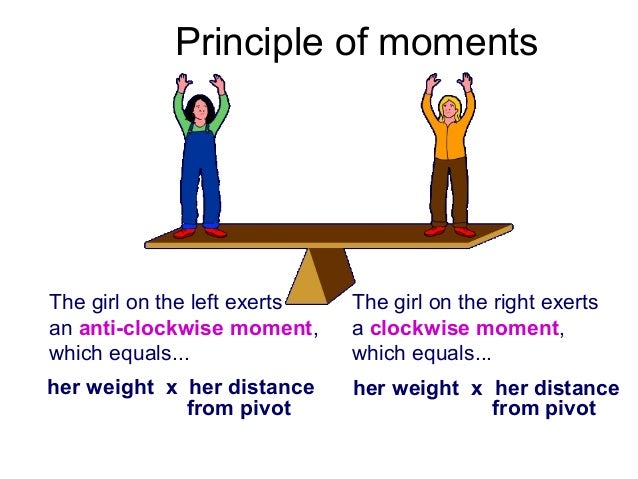WATER:
Air-free water has little effect upon iron metal. However, iron metal reacts in moist air by oxidation to give a hydrated iron oxide. This does not protect the iron surface to further reaction since it flakes off, exposing more iron metal to oxidation. This process is called rusting and is familiar to any car owner.
OXYGEN:
Iron metal reacts in moist air by oxidation to give a
hydrated iron oxide. This does not protect the iron surface to further
reaction since it flakes off, exposing more iron metal to oxidation.
This process is called rusting and is familiar to any car owner. Finely
divided iron powder is pyrophoric, making it a fire risk.
On heating with oxygen, O2, the result is formation of the iron oxides Fe2O3 and Fe3O4.
4Fe(s) + 3O2(g) → 2Fe2O3(s)
3Fe(s) + 2O2(g) → Fe3O4(s)
ACIDS:
Iron metal dissolves readily in dilute sulphuric acid
in the absence of oxygen to form solutions containing the aquated
Fe(II) ion together with hydrogen gas, H2. In practice, the Fe(II) is present as the complex ion [Fe(OH2)6]2+.
Fe(s) + H2SO4(aq) → Fe2+(aq) + SO42-(aq) + H2(g)
If oxygen is present, some of the Fe(II) oxidizes to Fe(III).The strongly oxidizing concentrated nitric acid, HNO3, reacts on th surface of iron and passivates the surface.
https://www.webelements.com/iron/chemistry.html


